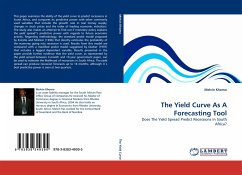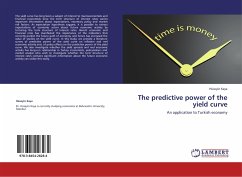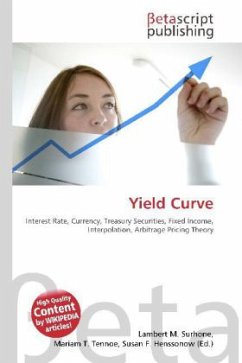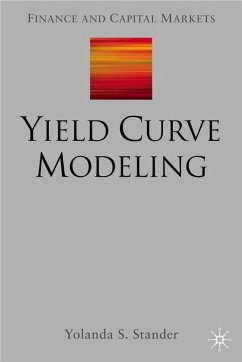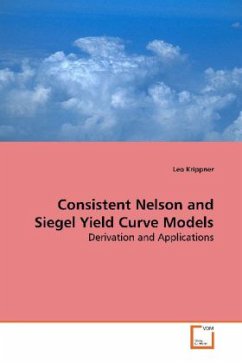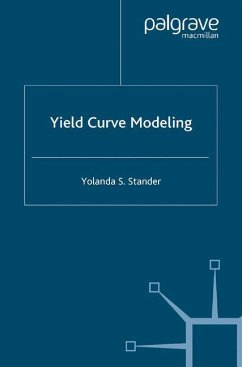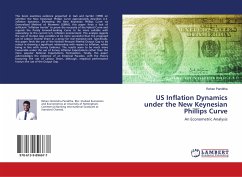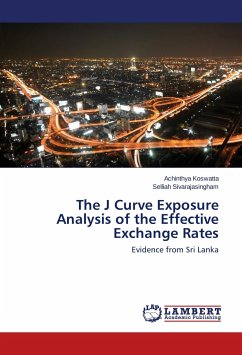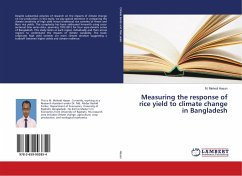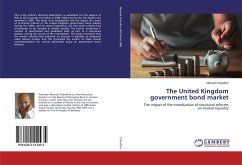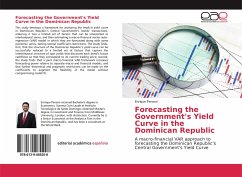
Forecasting the Government's Yield Curve in the Dominican Republic
A macro-financial VAR approach to forecasting the Dominican Republic's Central Government's Yield Curve
Versandkostenfrei!
Versandfertig in 6-10 Tagen
27,99 €
inkl. MwSt.

PAYBACK Punkte
14 °P sammeln!
This study develops a framework for analyzing the implicit yield curve in Dominican Republic's Central Government's bonds' transactions, reducing it two a limited set of factors that can be interpreted as intertemporal series, and then estimating a macro-financial vector-auto-regression (VAR) model in which they are forecasted along with some economic series, testing several coefficient restrictions. The study finds, first, that the structure of the Dominican Republic's yield curve can be successfully reduced to a limited set of factors that capture the intertemporal structure of spot yields t...
This study develops a framework for analyzing the implicit yield curve in Dominican Republic's Central Government's bonds' transactions, reducing it two a limited set of factors that can be interpreted as intertemporal series, and then estimating a macro-financial vector-auto-regression (VAR) model in which they are forecasted along with some economic series, testing several coefficient restrictions. The study finds, first, that the structure of the Dominican Republic's yield curve can be successfully reduced to a limited set of factors that capture the intertemporal structure of spot yields that discounts each bond's future cashflows so that they correspond to its current trading price; second, the study finds that a joint macro-financial VAR framework increases forecasting power relative to separate macro and financial models, and that further theoretical and pragmatic restrictions can be made on the coefficients to augment the flexibility of the model without compromising model fit.



